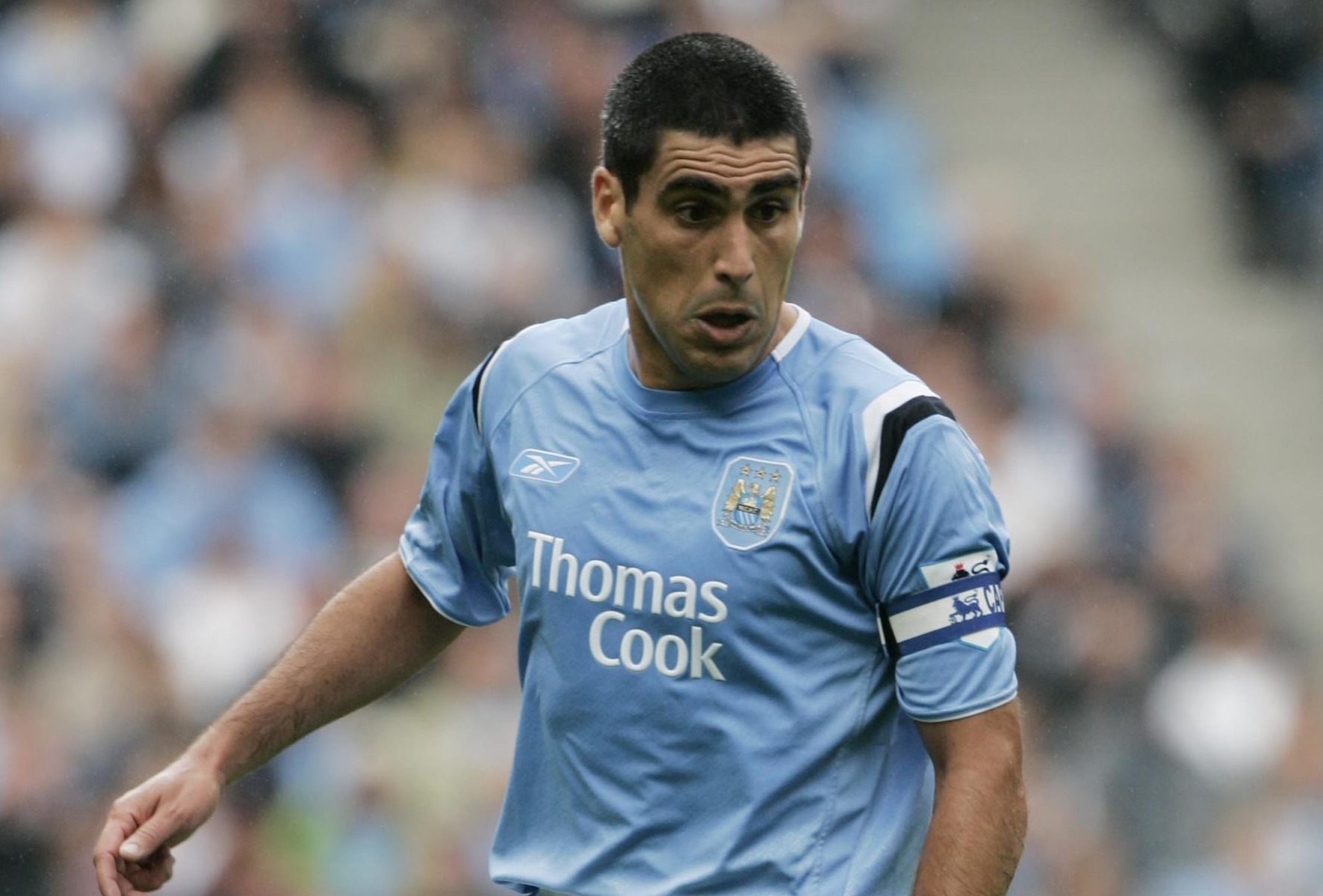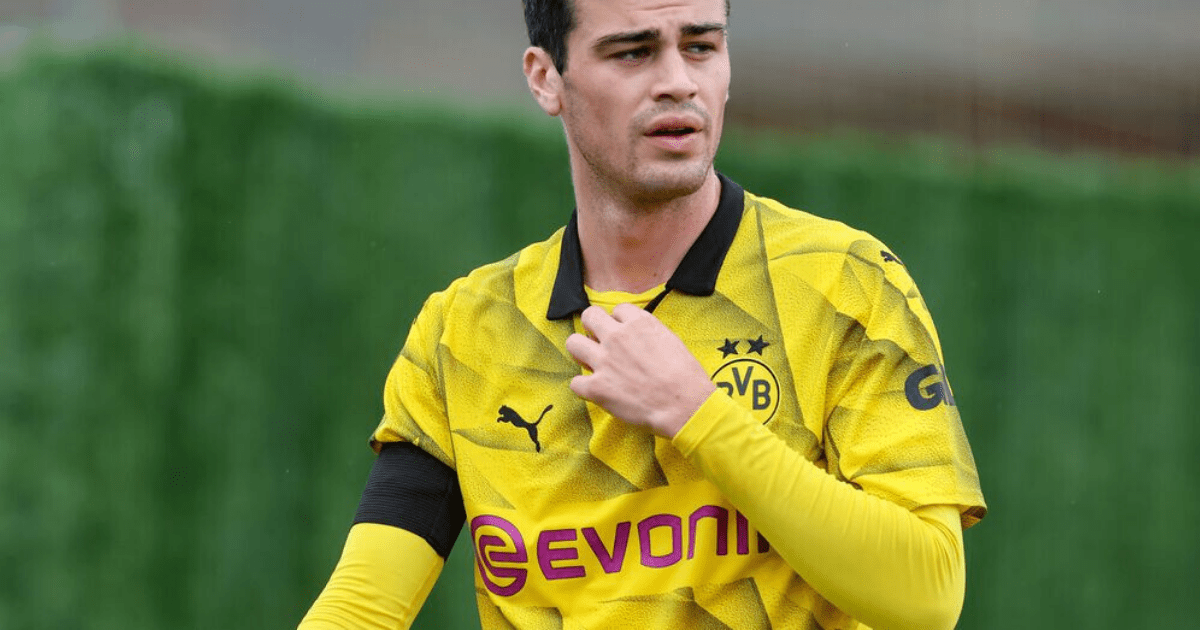Nottingham Forest are on the verge of signing USA international Gio Reyna on loan from Borussia Dortmund, in a move that could revive his injury-hit career.
Gio Reyna, whose current contract expires in June 2025, is eager to secure regular playing time.
Reyna's Struggles at Dortmund
Since recovering from an injury that kept him out for the first month of the season, the 21-year-old has only started two games for Dortmund, with 11 appearances as a substitute.
Nottingham Forest Boss Sees Potential
Nottingham Forest manager Nuno Espirito Santo believes he can rejuvenate Reyna's career at the City Ground. Espirito Santo shares the same agent as Reyna, Jorge Mendes, who Reyna joined forces with in December.

A Versatile Asset for Forest
Reyna, the son of former Rangers, Sunderland, and Manchester City star Claudio Reyna, is considered a valuable addition to the Forest squad. He can play as a winger or as an attacking No.10.
Deal in the Works
Forest hope to finalize the loan deal with Dortmund within the next 24 hours.
Chalobah Deal Also in the Pipeline
In addition to Reyna, Nottingham Forest is also looking to strike a deal for Trevoh Chalobah. The Chelsea defender has not made an appearance this season due to a long-term hamstring injury. Forest aims to secure a loan deal for Chalobah, with an option to make it permanent in the summer.
Chalobah would be the second Chelsea player to join Forest this season, following the loan signing of Brazilian midfielder Andrey Santos last summer. However, Santos was recently recalled by Chelsea after making only two appearances for Forest.
Frequently Asked Questions
Why are shinguards compulsory for footballers?
Shin guards are a mandatory piece of equipment for footballers as they provide vital protection to the lower legs, which are vulnerable to injury during tackles and collisions. These guards help protect the shins, preventing serious injuries such as severe bruising or fractures. Football’s governing bodies require players to wear shinguards as a way to promote safety.
How do I ensure the proper fit for my football boots?
For a proper fit, your football boots should be snug, but not too tight. This will allow for movement, without allowing the foot to slide inside the boot. The space between your toes, and the front of your boot should be approximately a thumb-width to prevent the toes from being crammed in when running or kicking. Consider the width of your foot and select a style that can accommodate narrow or large feet. It’s important to try on the boots with your football socks on and fully lacing them up.
What factors should I consider when selecting a football?
When choosing a football, consider the size, material, and construction. Players aged 12 and up, including adult players, should use size 5. Sizes should be smaller for younger players. Leather for natural grass surfaces and synthetic materials on rougher surfaces are the best options. Additionally, thermal-bonded footballs offer better waterproofing and shape retention compared to stitched options. Durability, flight stability, and touch are all important qualities to consider.
What equipment is allowed in competitive football?
To ensure the safety of players and integrity of games, many competitive football matches have specific equipment rules. The laws of the sport stipulate standard equipment like jerseys with sleeve, shorts, socks over shinguards or appropriate footwear. The use of equipment or accessories that are dangerous to the player, or even their opponents, is prohibited. To avoid penalties and disqualification, it’s important that players adhere to these rules, which vary depending on the league or age group.
Is it mandatory to wear football specific clothing, or am I allowed to wear any athletic wear?
While you can technically wear any athletic apparel to play football, the clothing designed for football enhances performance and comfort. Jerseys and shorts are usually made of lightweight, breathable materials that allow for optimal airflow, reducing overheating and sweat build-up. Fit is tailored to allow for a full range motion. This can help improve agility and reaction times.
Statistics
- Research has indicated that around 60% of football-related ankle injuries could be mitigated with the correct choice of footwear.
- A survey found that nearly 80% of football players believe that high-quality football socks are essential for optimal performance.
- Studies show that the proper use of shin guards can reduce the risk of injuries in football players by up to 70%.
- Approximately 40% of amateur football players wear boots that are not properly fitted, increasing the risk of foot injuries.
- Data shows that thermo-bonded footballs, known for their consistent performance, are preferred by 65% of professional football clubs for matches.
External Links
uksoccershop.com
fifa.com
adidas.com
footy.com
prodirectsoccer.com
How To
How To Fit A Football Helmet Correctly
It is vital that the football helmet fits properly to ensure safety. Make sure the jaw pads fit snugly on the cheeks and that your helmet is positioned one inch above eyebrows. The chin band should be in the middle and tightened until no more than a finger can be squeezed between it and your chin. Always check stability. The helmet should not be able to rotate or slide off the head when jostled. If you want to fit your helmet correctly, it is best to get professional assistance.

